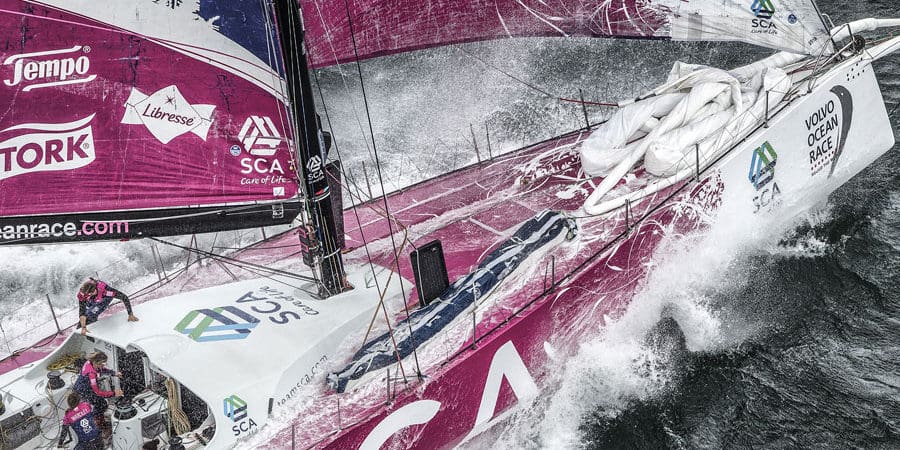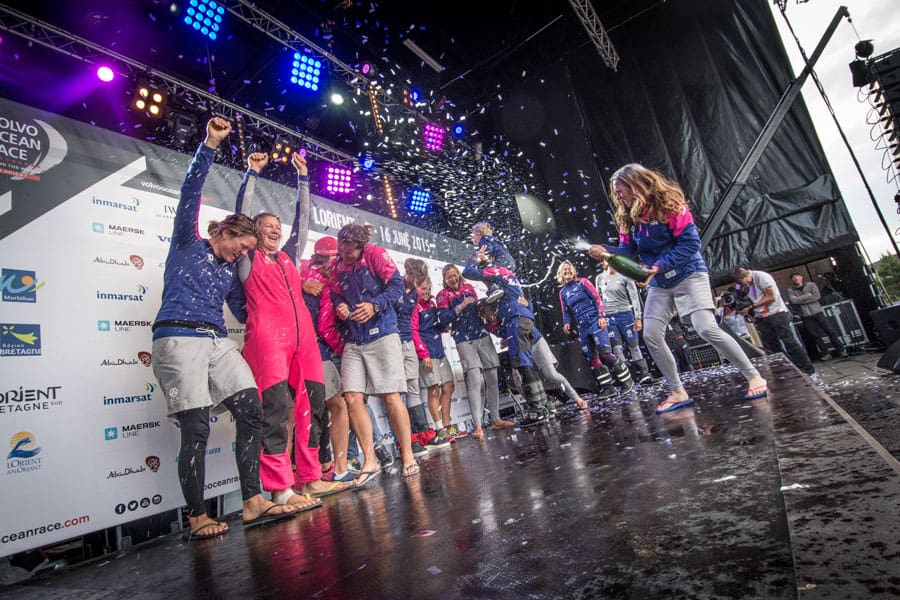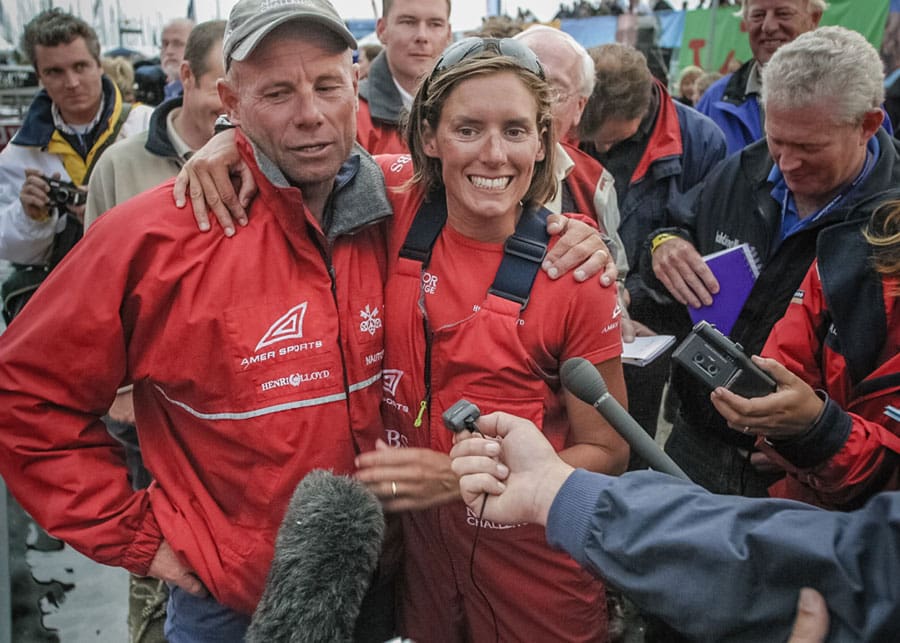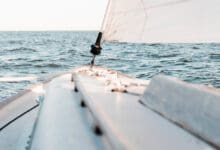Are you a female sailor? The Volvo Ocean Race is looking for you!

Volvo Ocean Race changes rules to maintain growth in top level female sailor participation. In the first of a series of ten announcements that the Volvo Ocean Race will make over the next two weeks, the rules of the race will limit all-male teams to seven sailors, one fewer than in 2014-15, and give mixed teams a significant numerical advantage.
The Volvo Ocean Race is making a major rule change to give world-class female sailors a much clearer pathway to compete at the highest level of offshore sailing in the 2017-18 edition.
In the first of a series of ten announcements that the Volvo Ocean Race will make over the next two weeks, the rules of the race will limit all-male teams to seven sailors, one fewer than in 2014-15, and give mixed teams a significant numerical advantage.
The possible crew combinations for 2017-18 will be:
- 7 men;
- 7 men and 1 or 2 women;
- 7 women and 1 or 2 men;
- 5 men and 5 women;
- 11 women

Teams will be able to change their crew combinations from leg to leg in the race, which starts from Alicante in October 2017 and visits 11 cities around the globe, but as in previous editions, teams will be required have the same crewmembers on board for the In-Port Race as either the previous or the subsequent offshore leg – with the exception of a team that is racing offshore with 7 males who can add an additional female for the in-port racing.
Ian Walker, Volvo Ocean Race 2014-15 winning skipper, and Olympic silver medallist, commented: “If female offshore sailors ever want to compete at the same level as the best in the world then they need to train and race with the best.
“It would be very hard to compete with only seven people on a Volvo Ocean 65 against teams of eight or nine. This new rule will almost certainly force teams to hire women and that will create a great platform for learning.”
The move follows the success of Team SCA’s 2014-15 campaign, which saw an all-female crew finish third in the In-Port Race series and become the first to win an offshore leg in 25 years – but still saw a ceiling in their offshore performance overall without being able to learn from the more experienced sailors once out on the ocean.

“This is not about lowering the standard as some in the sport will suggest – the reverse – it is giving more opportunity to the very best female sailors in the world to compete on equal terms,” said Mark Turner, Volvo Ocean Race CEO, who masterminded Briton Dame Ellen MacArthur’s successful Vendée Globe race in 2001, where she finished second.
“The Team SCA project in the last race did a great job to restart female participation, after 12 years with just one sailor getting a slot [Adrienne Cahalan, Brasil 1, Leg 1 2005-06]. We’re determined to build on that momentum, and we want to guarantee that the Volvo Ocean Race continues to have the very best sailors competing in the race – both male and female.”
The race has also reaffirmed the commitment to youth sailing, with a rule that two crew must be under the age of 30 at the end of the race in July 2018.




